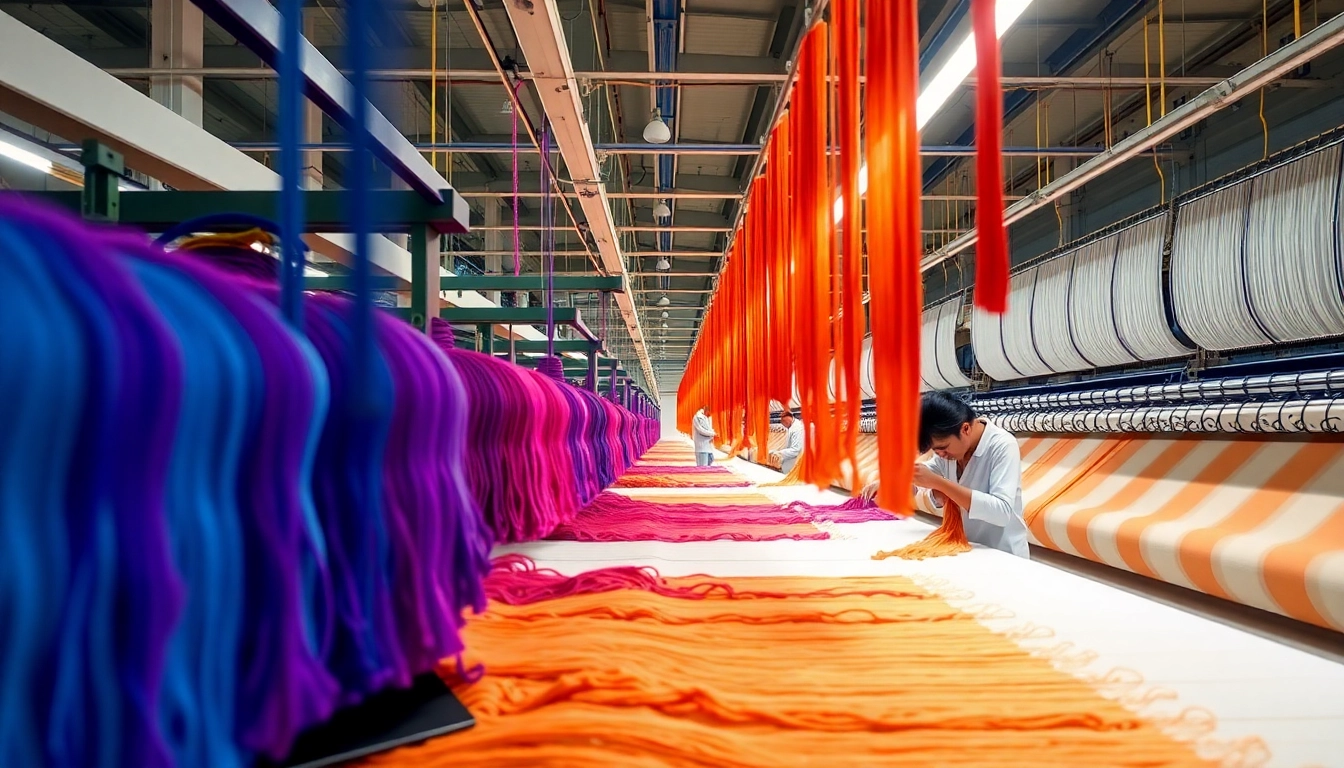Understanding Compactors: Types and Uses in Construction
In the world of construction and landscaping, achieving a stable, well-compacted surface is fundamental for ensuring the longevity and safety of any project. From laying foundations for buildings to preparing surfaces for pavements and roads, compactors are indispensable tools that streamline processes and enhance results. Today, the availability of compactors for rent offers contractors, landscapers, and DIY enthusiasts a cost-effective and flexible way to access high-quality equipment without the hefty investment required for purchasing. If you’re considering Compactors rental, understanding the various types and their specific applications is crucial for selecting the right machine for your needs.
Different Types of Plate Compactors and Their Applications
Compactors come in a variety of types, each designed for specific surface conditions, soil types, and project scales. The most common are plate compactors, vibrating rollers, trench rammers, and ride-on rollers. Recognizing their differences enables efficient use and optimal results.
Plate Compactors (Wacker Plates)
Plate compactors, also known as wacker plates, are portable machines with a flat, vibrating steel plate. They are ideal for small to medium-sized areas and are widely used for:
- Creating stable bases for patios, driveways, and shed foundations
- Compacting gravel, soil, and asphalt in confined areas
- Preparing surfaces for paving and concreting
Their maneuverability makes them suitable for tight corners, trenches, and hard-to-reach spots. There are different sizes, typically ranging from 30cm to 50cm in width, tailored to specific project needs.
Vibrating Rollers
Vibrating rollers are larger, heavy-duty compactors used for larger, open areas such as roads, car parks, and huge landscaping projects. They can be single or dual drum, providing a high degree of compaction for:
- Asphalt layers
- Aggregate bases
- Soil compaction in construction sites
These rollers deliver a smooth, uniform surface essential for multi-layered pavement works, ensuring structural integrity and durability.
Trench Rammers
Designed especially for confined spaces like trenches and utility work, trench rammers are compact, with a high-force impact suitable for:
- Soil densification in trench excavations
- Compacting backfill in narrow excavations
Their lighter weight and focused impact make them excellent for precise, intense compaction in restricted zones.
Ride-On Rollers
For extensive projects requiring rapid surface consolidation, ride-on rollers provide the advantage of operator comfort and efficiency. They are used for:
- Large-scale roadworks
- Airport runways
- Large parking lots
These machines can cover substantial areas quickly while maintaining high compaction standards, making them indispensable for large construction firms.
How to Choose the Right Compactor for Your Project Size
Selecting the correct compactor hinges on understanding your project scope, soil type, and surface requirements. Here’s a detailed guide to aid your decision-making process:
Assessing Project Scale and Area
For smaller projects — such as residential patios or garden paths — a light, portable plate compactor is usually sufficient. These are easy to operate and can navigate confined spaces.
Medium to large projects, like driveways, parking lots, or road construction, benefit from vibratory rollers or larger plate compactors with higher power and capacity.
Evaluating Soil and Material Types
Soil composition influences the choice significantly. For cohesive soils (clay, silt), a more powerful compactor with higher impact energy may be required. Granular soils (sand, gravel) are generally easier to compact, but may still require specific equipment like vibratory rollers.
Asphalt and concrete surfaces necessitate specific types of compactors designed to generate consistent, high-cadence vibrations.
Considering Accessibility and Site Conditions
Confined spaces or below-grade work call for compactors with narrow profiles, such as trench rammers. In contrast, large open areas are best suited for ride-on rollers or vibratory rollers that expedite work with broader coverage.
Matching Equipment Capacity to Duration and Budget
For short-term projects, renting high-capacity equipment as needed is more economical than investing in outright purchase. Conversely, ongoing projects may justify leasing or owning specific models to reduce rental costs over time.
Cost Comparison Between Rental Options and Buying Equipment
Understanding financial considerations helps in making informed decisions. The general cost runs as follows:
Rental Costs
- Daily rental: Ranges typically from £30 to £80 depending on machine size and type.
- Weekly rental: Usually around £150 to £400, offering discounts for longer periods.
- Monthly rental: Prices can range from £400 to £1000, inclusive of maintenance and support.
Facilities like Compactors rental provide flexible terms, often including delivery, operational support, and maintenance, significantly reducing project downtime.
Buying Equipment
- Entry-level plate compactors start from about £600 to £1,200.
- Heavy-duty rollers can cost upwards of £10,000 to £25,000.
- Ownership entails ongoing maintenance, storage, and operational training costs.
While purchasing might seem initially cost-effective for large or ongoing projects, it requires substantial capital investment and storage space, and the machinery can become outdated as new technologies emerge.
Best Practices for Hiring and Using Compactors
Key Considerations When Renting Compaction Equipment
Prior to renting, evaluate the machine’s suitability, rental terms, and supplier reliability. Confirm delivery options, operator requirements, and after-sales support. Always check the condition and calibration of equipment and verify the availability of necessary accessories like vibration plates or extensions.
Proper Operation Techniques for Achieving Optimal Compaction
Correct operation maximizes productivity and surface quality:
- Ensure the equipment is on a firm, level surface before starting
- Operate at recommended vibration frequencies and amplitudes
- Overlap passes by about 50% to ensure uniform compaction
- Apply consistent pressure without overworking a single area
- Allow for adequate curing time if working with asphalt or concrete
Monitoring the process with a compaction testing gauge periodically guarantees compliance with project specifications.
Safety Measures During Machine Operation
- Wear appropriate safety gear: gloves, ear protection, safety boots, and eye protection
- Operate within the machine’s capacity and avoid overloading
- Maintain clear communication with team members on-site
- Be aware of surroundings, especially underground utilities
- Follow manufacturer guidelines and receive proper training if necessary
Benefits of Renting Compactors for Construction and Landscaping
Cost Savings and Flexibility Benefits
Rental reduces upfront expenditure and offers scalable options aligned with project scope. No long-term maintenance costs, upgrades, or storage concerns are involved, allowing for greater financial agility.
Access to the Latest Equipment Technology
Rental companies frequently update their fleets with new models featuring enhanced ergonomics, improved vibration control, and safer operation features. This ensures users benefit from innovations that increase productivity and safety.
Expert Support and Maintenance Included in Rental Packages
Many rental providers offer technical support, operation guidance, and routine maintenance, minimizing downtime and maximizing machine efficiency. This comprehensive support system guarantees your project remains on schedule without equipment breakdowns or unexpected costs.
Top Tips for Effective Compaction Performance
Preparing the Surface Before Compaction
Clear the area of debris, loose material, and vegetation. Ensure proper moisture levels—dry soils should be lightly watered, while overly wet soils should be dried before compaction to prevent issues like soil displacement or incomplete compaction.
Understanding Soil Types and Appropriate Compaction Methods
Use soil testing techniques to identify soil type and moisture content. For cohesive soils, heavier compaction and repeated passes are necessary. Granular soils might require less force but still benefit from proper technique to prevent voids or weak spots.
Measuring Compaction Quality and Project Success
Employ field density tests and nuclear gauges to gauge the degree of compaction. Standards such as 95% of maximum dry density are typical benchmarks for structural stability.
Regular testing throughout the process helps adjust techniques and ensures compliance with project specifications and safety regulations.
How to Find Trusted Compactors Rental Providers Near You
Evaluating Rental Companies: Reputation and Customer Reviews
Look for providers with positive reviews, industry accreditations, and transparent pricing models. Local suppliers often offer personalized service and fast delivery, critical for maintaining project schedules.
Locations and Delivery Services Available Across the UK
Ensure the rental company covers your area and offers flexible delivery and collection options. Many companies, including those highlighted in organic search results, provide nationwide coverage, making equipment accessible regardless of project location.
Pricing, Rental Duration, and Additional Accessories Offered
Compare rental rates and package deals. Ask about accessories like extensions, vibrating plates, and safety gear. Longer-term rentals usually grant discounts and priority support, which can be beneficial for prolonged projects.



